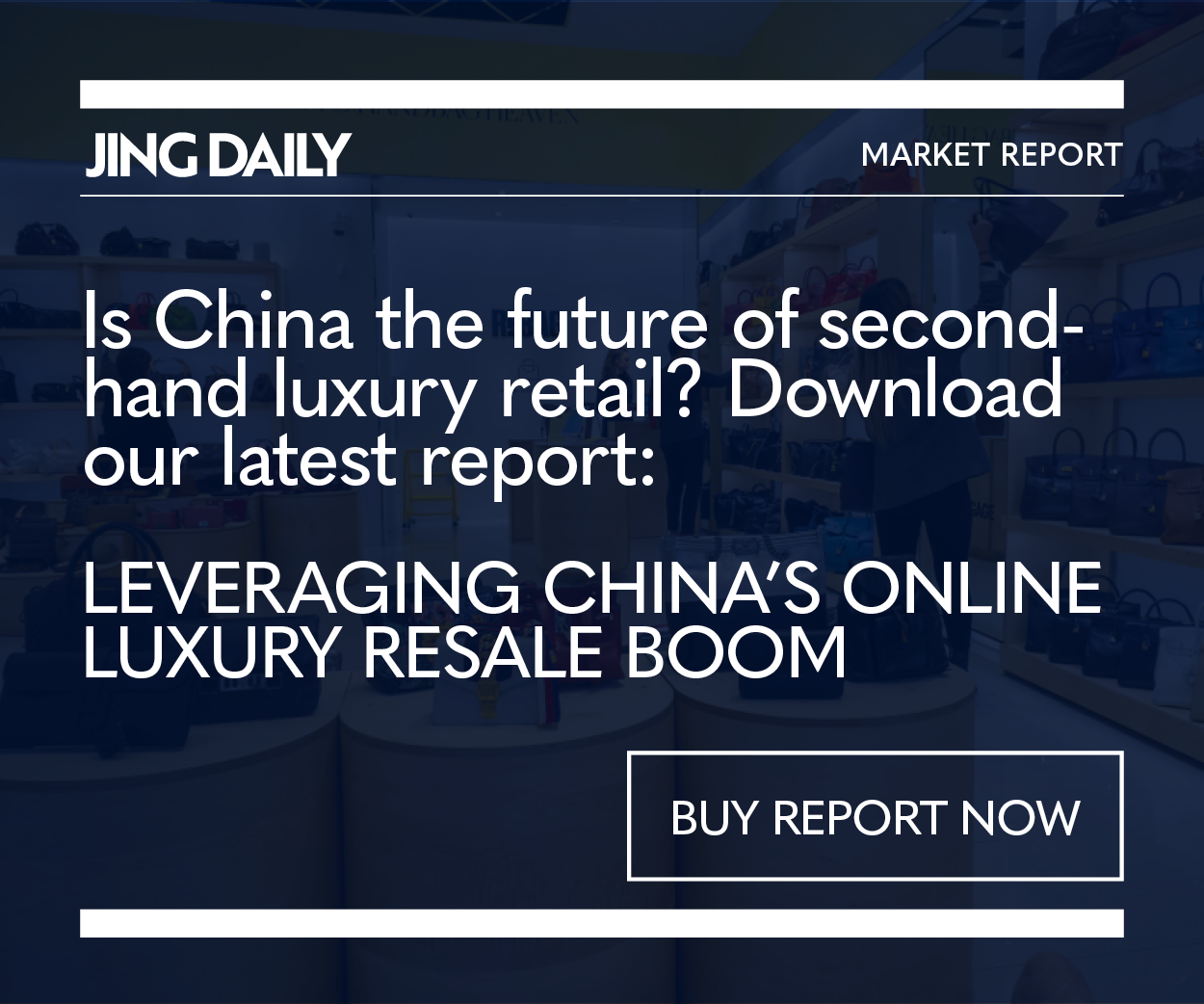The following is an excerpt from Jing Daily’s latest market report,#
Leveraging China’s Online Luxury Resale Boom#
. Packed with case studies, revenue-generating best practices, spotlight interviews, and in-depth profiles of domestic Chinese resale platforms, the 68-page report is crucial for anyone looking to understand the huge potential of secondhand luxury demand in China. Get your copy today on our Reports page.#
As is the case in the overall luxury market, younger millennial and Gen Z consumers increasingly occupy a central role in China’s secondhand luxury segment. Data from the second-hand luxury resale platform Plum (红布林) showed that more than 70 percent of its users were born after 1990.
As noted in the luxury resale market report jointly published by University of International Business and Economics and Isheyipai, the majority of luxury resale buyers in China are under 30. Based on Isheyipai’s data from 2019, the report noted that 76 percent of its users were under 36, and 11 percent were under 19. The secondhand market in China is heavily geared towards younger buyers for two main reasons. The primary factor is price: As young consumers in China are on the whole less affluent than older generations, their secondhand purchases are as much about economics as they are about lifestyle.

Second, younger consumers are less likely to view used items with a sense of stigma that is more prevalent among their elders. The enthusiasm for secondhand luxury in Japan and South Korea — two major fashion markets whose trends are closely followed by young Chinese consumers — has played a role in its acceptance in China. In place of the blanket term ershou (二手, literally “secondhand”), which can carry low-end connotations, more consumers have adopted the phrase zhonggu (中古, literally “Middle Ages”) from the Japanese chūko (ちゅうこ, older items of high quality), to refer to pre-owned luxury goods.
Globally, Gen Z’s rising environmental consciousness leads it to ask more of brands than older consumers have. According to a December 2019 survey by First Insight, the majority of Gen Z consumers prefer to buy sustainable brands, and are willing to spend 10 percent more on sustainable products.
Interest in sustainability by way of buying secondhand or deadstock is still nascent among China’s luxury consumers. As Erwin Rambourg wrote for Jing Daily, “Chinese luxury consumers are mostly first-time purchasers of luxury items, so they often would prefer the latest and greatest products that will enable them to shine in society.” But as they become repeat customers, “buying something from previous collections will likely be okay.”
